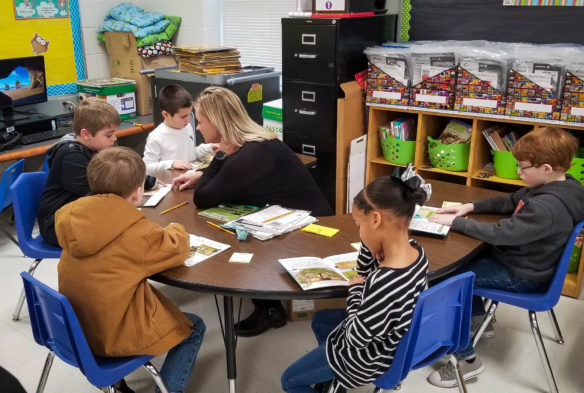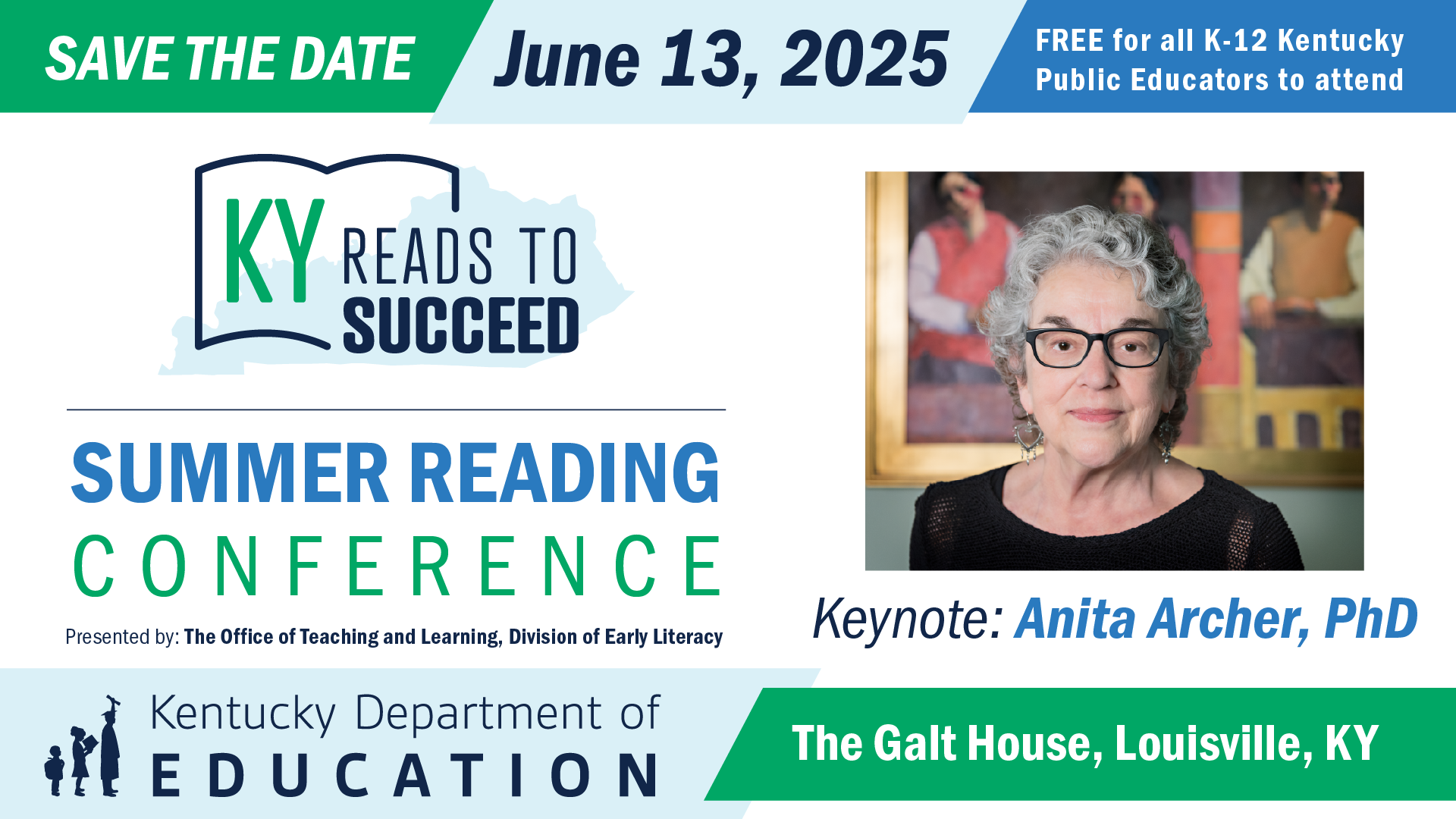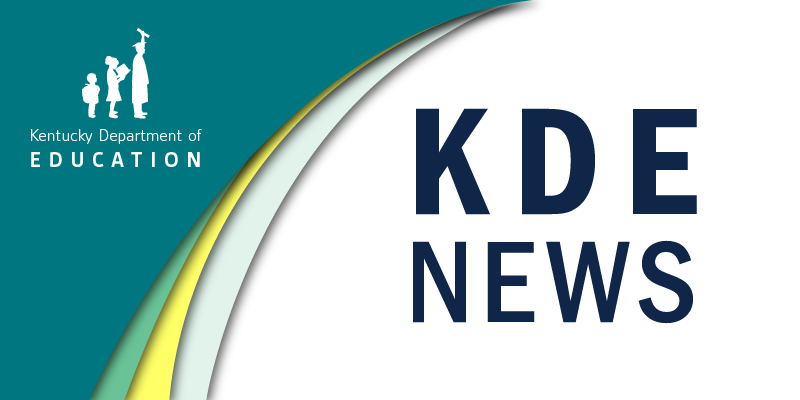
Kara Stevenson delivers instruction during a guided reading lesson. Students are whisper reading independently as Stevenson listens to one student read. Pictured from left are Pembroke Elementary School 1st-graders Garrison Meacham, Anniston Meriwether, John Michael Arivn, Camden McGehee and Aiden Riley.
Submitted picture by Jennifer Meacham
Why use guided reading in the literacy classroom? The answer is quite simple. Guided reading allows students to take responsibility for their own learning through teacher guidance and scaffolding in a small group setting.
Some educators may think that pulling four to six students into a small group and delivering instruction is guided reading. However, guided reading only takes place when a text on the students’ instructional reading level is involved. If a text is not involved it is called a skills or strategies group.
Let’s take a deeper look into how to set up effective guided reading instruction for the literacy classroom.
Establishing expectations
Setting expectations is one of the most important tasks for guided reading groups. Students should know and understand what is expected of them and of the teacher during guided reading time. This creates a positive learning environment and allows students to meet high expectations established by the teacher.
The teacher’s role is to create a positive learning environment, maintain the structure of the lesson, and maintain student engagement in discussion. The role of each student is to read the text independently, think actively while reading for comprehension, and participate in discussion of the text.
Determining instructional reading levels
Before students can be placed into guided reading groups the teacher must collect data to determine their instructional reading level and their level of prior knowledge for the skill being taught. One way to do this is through a running record, a research-based tool used to determine a student’s reading level (independent instruction or struggling).

Kara Stevenson
According to professors and researchers Irene C. Fountas and Gay Su Pinnell, a running record is a standardized process for coding, scoring and analyzing a student’s precise reading behaviors. A running record documents a student’s individual reading of an uninterrupted text. The student demonstrates their knowledge of letter sounds, word recognition, fluency and their ability to self-correct. Information gained through administering a running record gives the teacher the ability to specifically design instruction based on a student’s individual literacy needs.
After analyzing the students’ running record, you should consider developing a series of questions about the text used for the running record to measure your student’s level of comprehension. It has been my experience that even if a student can read a text with 100 percent accuracy, further assessment can reveal a student’s inability to comprehend what he or she has read.
Establishing guided reading groups
When structuring guided reading groups, you should consider these two key factors: your students’ instructional reading levels and their prior knowledge of the skill being taught.
If you are implementing a guided reading lesson on identifying the main topic of a story and retelling key details, students who scored low in this area on the pre-test should be placed in a group with students who are working on the same skill on an easier text level. Once the student has built a foundation for that skill, he or she can be moved to a group that is reading on his or her instructional reading level. Guided reading groups are flexible and should change regularly based on individual student progress.
When grouping students you should ensure that each group is within the same instructional reading level range. For example, when grouping my 1st-grade students for guided reading I discovered that four of my students were on Level C and eight of my students were on Level D. Next, I analyzed which students had a solid foundation for the skill being taught as compared to students who still need guidance in grasping the concept.
A guided reading group should consist of no more than six students, so I determined which students would be in my average group and which should be in my remediation group. I grouped two of my Level D students with my group of Level C students because their skill levels were similar.
Text selection
In selecting the appropriate text for each group there are three factors to consider: the level of the text, the skill being taught and student interest.
When selecting a text on a group’s instructional reading level you need to ensure that the text chosen is within that particular text range. For instance, if the students in the group have an instructional reading level of a C-D, then you want a text within that range.
The text should also be geared toward the particular skill, be it be either informational or literary. If you are delivering instruction on describing story elements you would use “The Three Little Pigs” If you are delivering instruction on knowing and using text features, you would use an informational text.
Last but not least, you also need to consider your students’ interests within the group. It is important to choose texts that pique the interests of the students in that group. There are numerous places to locate text for guided reading lessons. Some schools have sets of leveled reader teachers can use, ReadingAtoZ.com is a great resource to find leveled text and Fountas and Pinnell offer sets of leveled readers as well.
Lesson structure
At the beginning of the guided reading lesson, you should set the purpose for reading, introduce the text through a picture walk and introduce new vocabulary. Next, students read the text independently at a whisper so you can listen to each student read while the others in the group are also engaged in reading the text.
As you listen to a student read, stop and ask the student questions, have them retell what they have read up to that point as an assessment for comprehension. You can use that moment to give direct instruction on fluency or word attack skills, which is a good use of responsive teaching.
After listening to each student read and assessing their strengths and weaknesses, pose a discussion question and allow students to engage in conversation about the text. This gives students the opportunity to learn from each other and express their own thoughts and feelings about the text. At the end of the lesson, students can be given a writing activity to extend their learning from the lesson.
Learning communities
Many teachers ask what they should do with their other students while they are working with a guided reading group. This time provides opportunities for individual, partner or small group activities.
Learning communities are wonderful to incorporate into your literacy classroom. In learning communities, students are working with a partner or in groups to complete a task. The task may be writing, word work or even a project to demonstrate mastery of a particular standard. This is also the time students can work independently on their computer-based program.
While guided reading may take more preparation time for the teacher due to the individualized planning that must be done for each group, it’s worth it because it gives readers the supports that will enable them to expand their reading abilities over time. Implementing guided reading into your literacy classroom will allow your students to establish their reading foundation and build on it at their own pace.
Kara Stevenson received her bachelor’s degree in elementary and special education from Murray State University. She completed her master’s degree as a reading and writing specialist through The University of the Cumberlands. During her career as a reading teacher, she has taught 1st, 3rd and 4th grades. She currently teaches 1st grade reading at Pembroke Elementary School (Christian County).




Leave A Comment